HEALTH
The Princess and the Pea

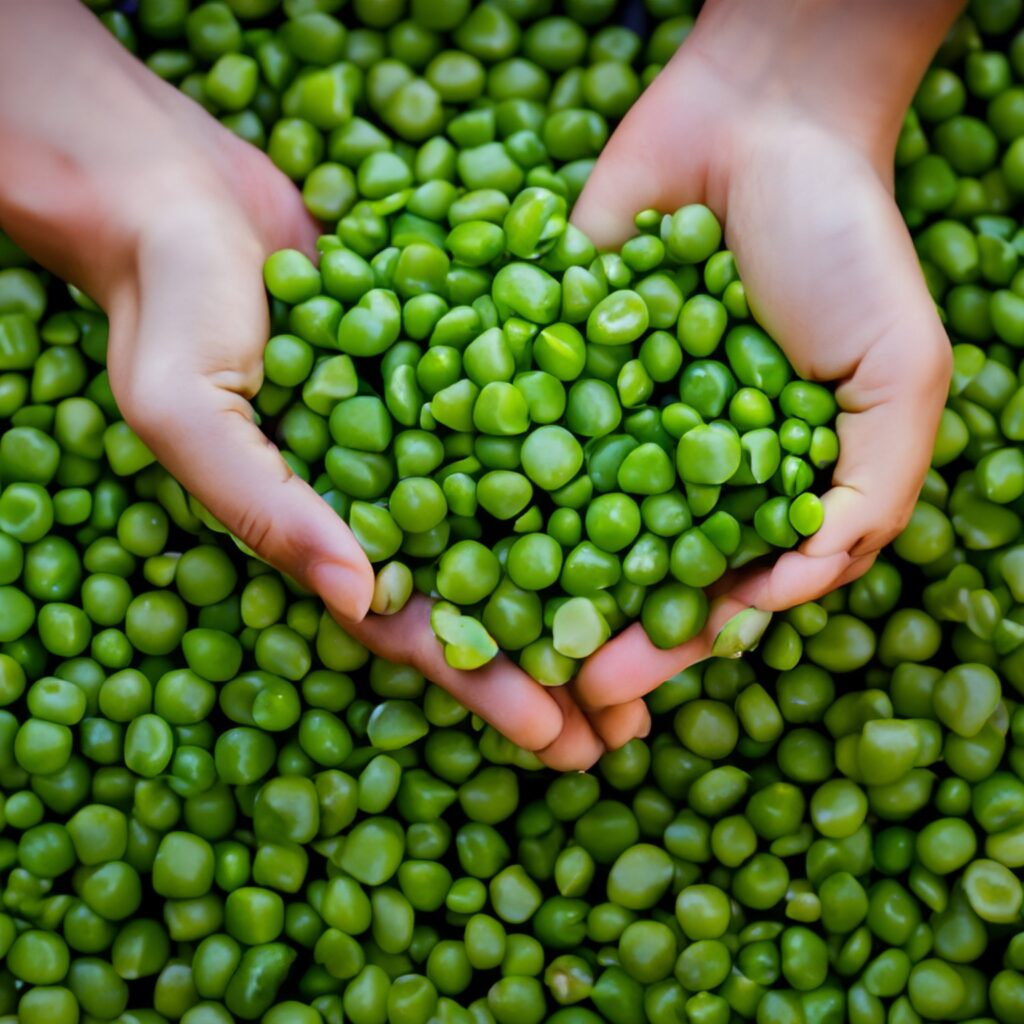
A nutritional wonder out of a fairy tale
For a long time, peas were considered old-fashioned and not very tasty, but with veganism increasingly on the rise today, they are making a brilliant comeback and have been transformed from being an outsider to a bright green hip snack. Whether fresh, dried, as a powder, soup or milk alternative, the little green legume always cuts a fine figure —not just for princesses —and provides a wealth of nutrients and vitamins in addition to having a hearty taste.
For passionate hobby gardeners, peas are an easy vegetable for those starting out that also grows well in our somewhat cooler zones. However, with a fairly short harvesting period from June to August, you have to get a move on to enjoy the fresh harvest. Fresh from the field, the pea has a slightly sweet and fresh taste and is much easier to digest than other legumes.
In addition to its general reputation as a source of vegetable protein, the pea is particularly good at providing the amino acids lysine, threonine, arginine and phenylalanine — four of the 20 amino acids that make up the basic building blocks of protein. Rich in carbohydrates and fibre, the pea is full of energy and useful fibre that contribute to providing calories and supporting good digestion. As a source of vitamins, its beta-carotene and B vitamin content are particularly noteworthy, making the pea a very plant-based ‘treat with benefits’.
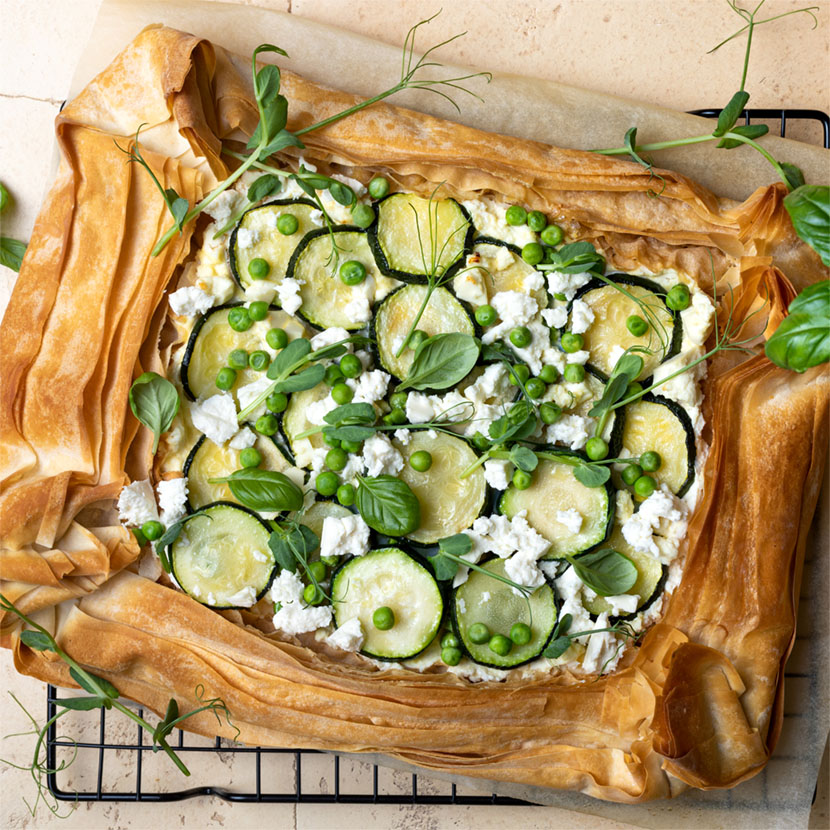
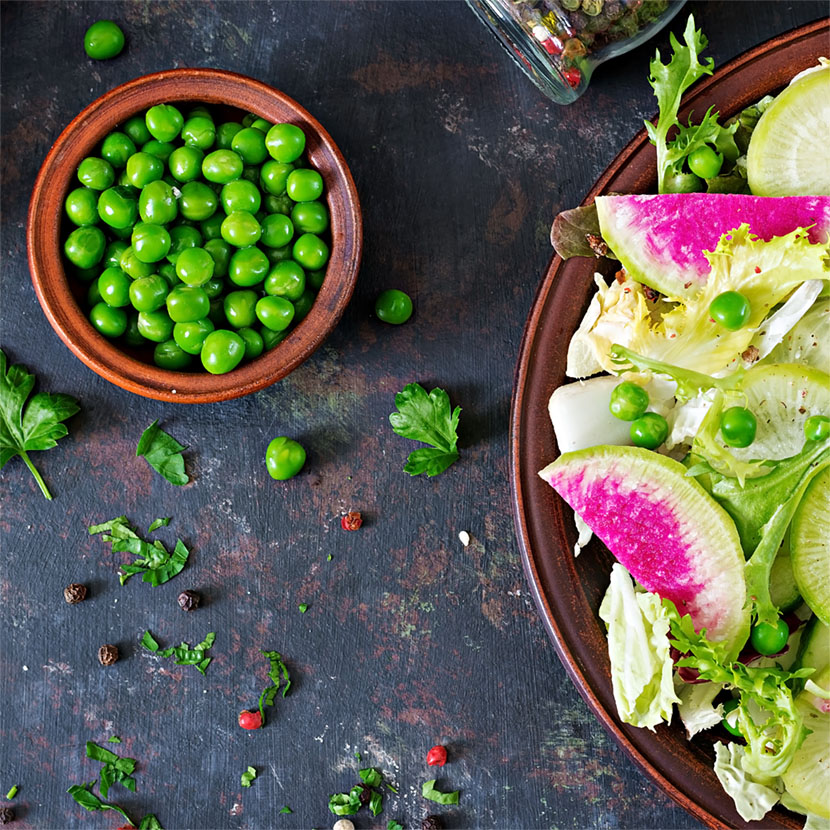
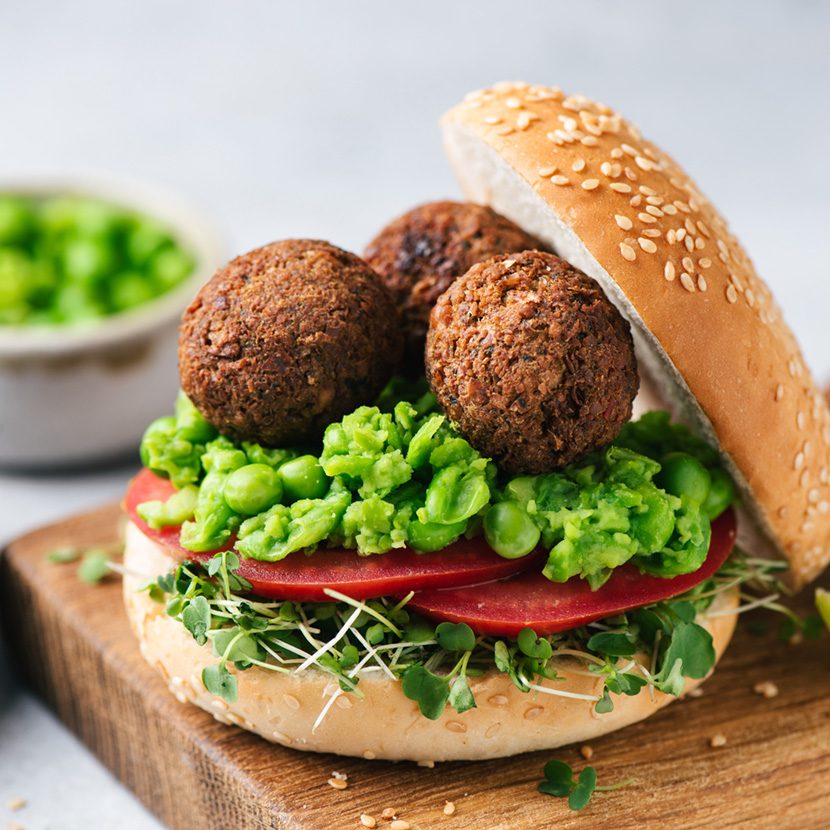
Pea meets coffee

Anyone who comes into contact with milk substitutes made from peas for the first time may be slightly taken aback and ask themselves: How can these little green powerhouses be tastily prepared as coffee? However, the spread of pea drinks shows that this not only works very well, but also tastes great. It’s no wonder that you can hardly imagine life without the hip new drink as vegan coffee specialities. The pea also is a rising star in milk substitutes such as the yoghurt alternative. The pea owes this primarily to its high protein and starch content, which can be used to create an excellent milk alternative. To make it, dried peas are ground and mixed with water. The result is a nutritious milk alternative that is rich in protein, fibre and vitamins and is great for coffee, muesli, smoothies and cooking. And because the fine taste harmonises so well with lots of things, and the product can also be frothed up well, the pea milk alternative has long since ceased to be a secret.
Peas — the basis for rustic and fine foods
However, peas are not only a great substitute for milk, a fresh side dish or a source of vegetable protein, they are also really filling. Hearty as a warming pea soup and spread, elegant as a puree, pea curry or roast or as a base for fine sauces. The green vegetable can be used and combined in many different ways.
A well-known example of the use of pea protein is the vegan alternative to burger meat or meatballs. Here, the pea protein is processed into a textured mass that takes on a similar consistency to meat when fried or grilled. In addition to using pea protein as a meat substitute, other components of the pea are also used in vegan products. For example, pea starch has proven to be an excellent vegetable binder in various food products. The starch gives vegan products a pleasant texture and helps hold the ingredients together. Whether it is vegan sausages, spreads or pastries —pea starch makes it possible.
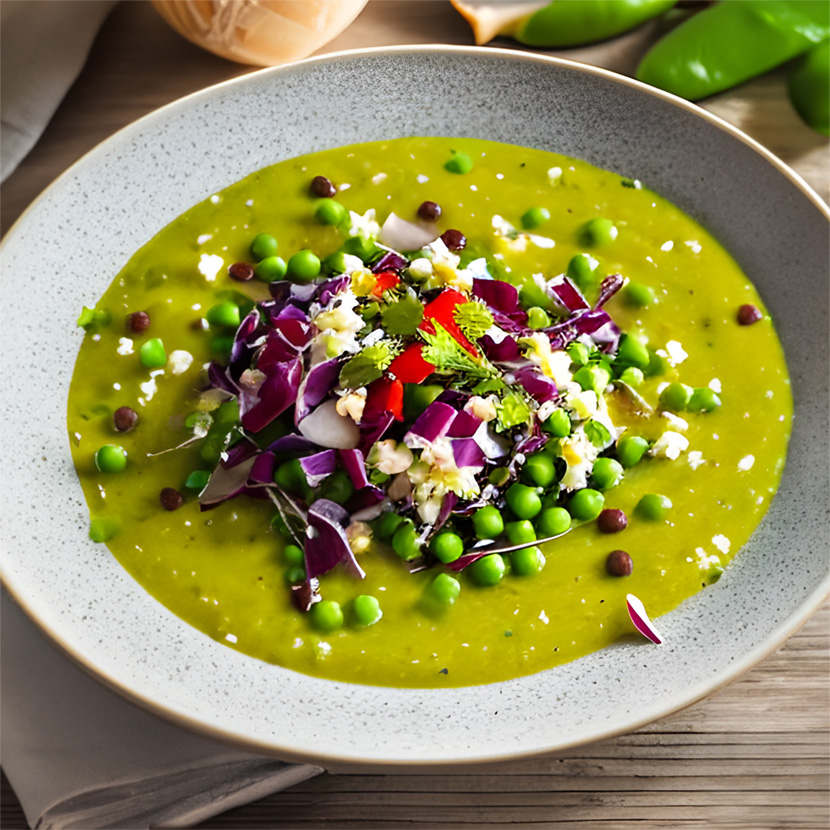

Super fibre & super snack
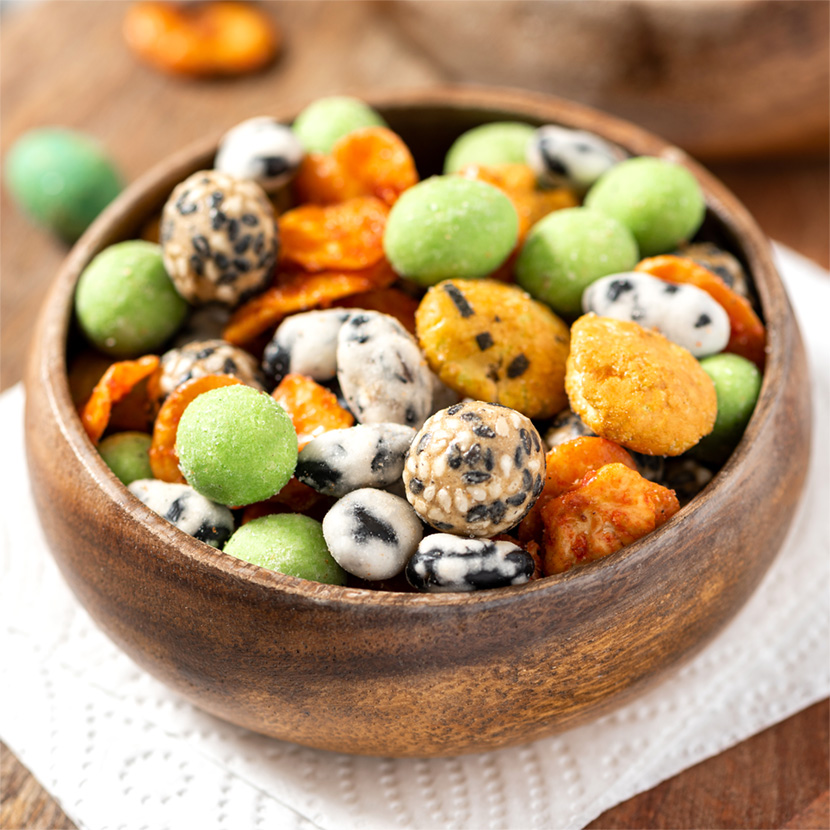
In addition to the use of pea protein and starch as main ingredients in vegan products, pea fibre is also increasingly found in ingredient lists. This source of dietary fibre from the pea has the advantage that it has a good water-binding capacity and can thus contribute to improving the texture and shelf life of foods. Pea fibre is also popular in gluten-free baked goods to achieve a pleasant consistency.
Peas have also established themselves in the snack industry. Crispy pea snacks are becoming increasingly popular and are a healthier alternative to conventional crisps or other greasy snacks. The peas are roasted or puffed and refined with various spices to offer a wide range of flavours. They often appear in combination with cereals or pseudo-cereals such as quinoa.
Small, green, delicious — and also sustainable
Besides the obvious nutritional benefits of using peas in vegan products, sustainability clearly speaks for ‘Princess Pea’. Growing peas requires significantly less water and land compared to providing animal sources of protein such as beef or dairy products. Moreover, peas can often be grown in crop rotations, which promote soil fertility and reduce the use of chemical fertilisers. Even their shells do not have to be a waste product, but can be reused. And another absolute plus point for the pea: It is a raw material that can be grown regionally and does not have to be imported from Asia or South America.
Overall, peas offer a variety of benefits that make them a valuable resource in the vegan diet. Their protein diversity, texture-enhancing properties and sustainability have helped them become a staple in the plant-based food industry. Whether you’re already following a vegan diet, are a veggie, or are just curious about plant-based alternatives, peas offer a wealth of options worth exploring. But maybe you’re already ‘on peas’ anyway.



